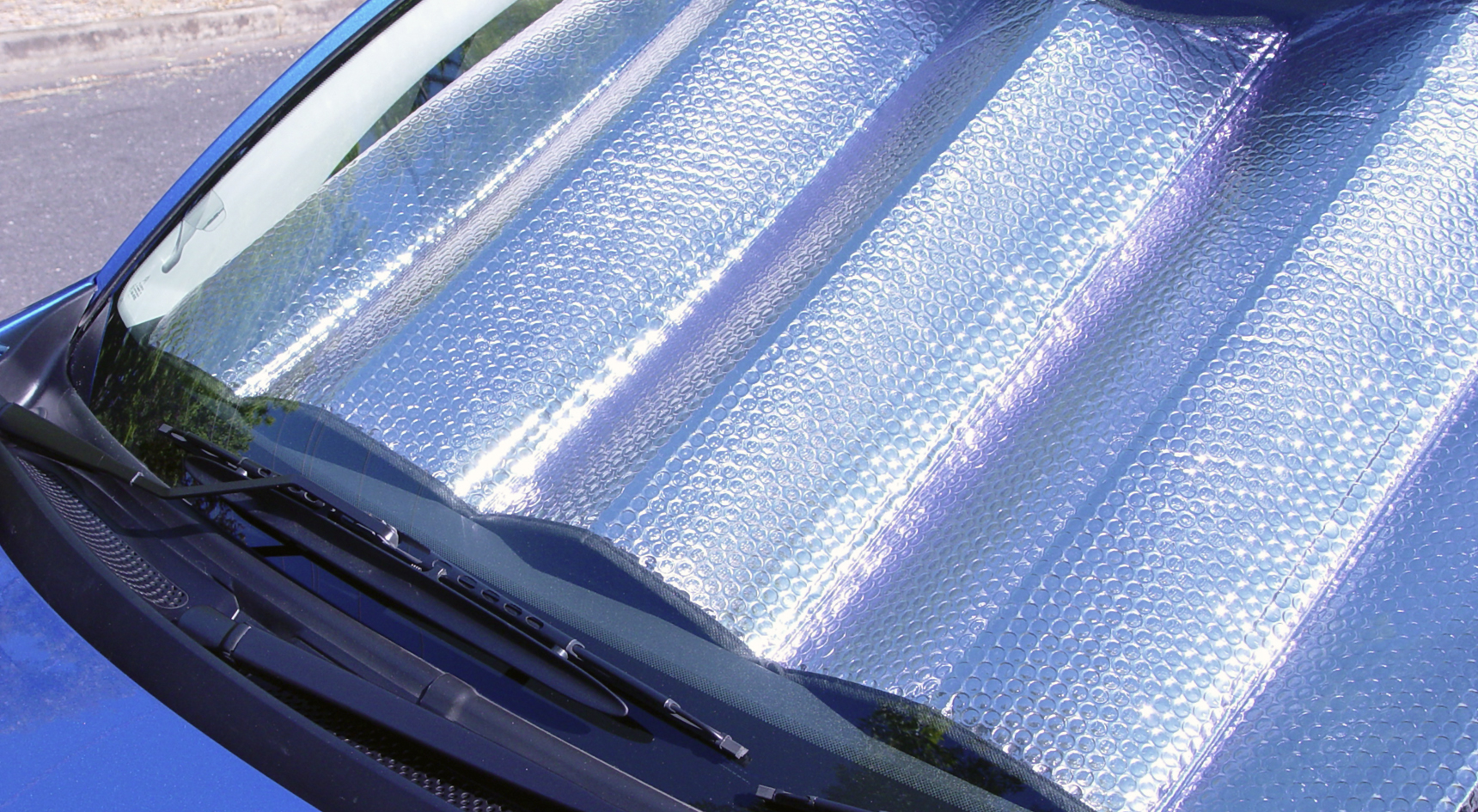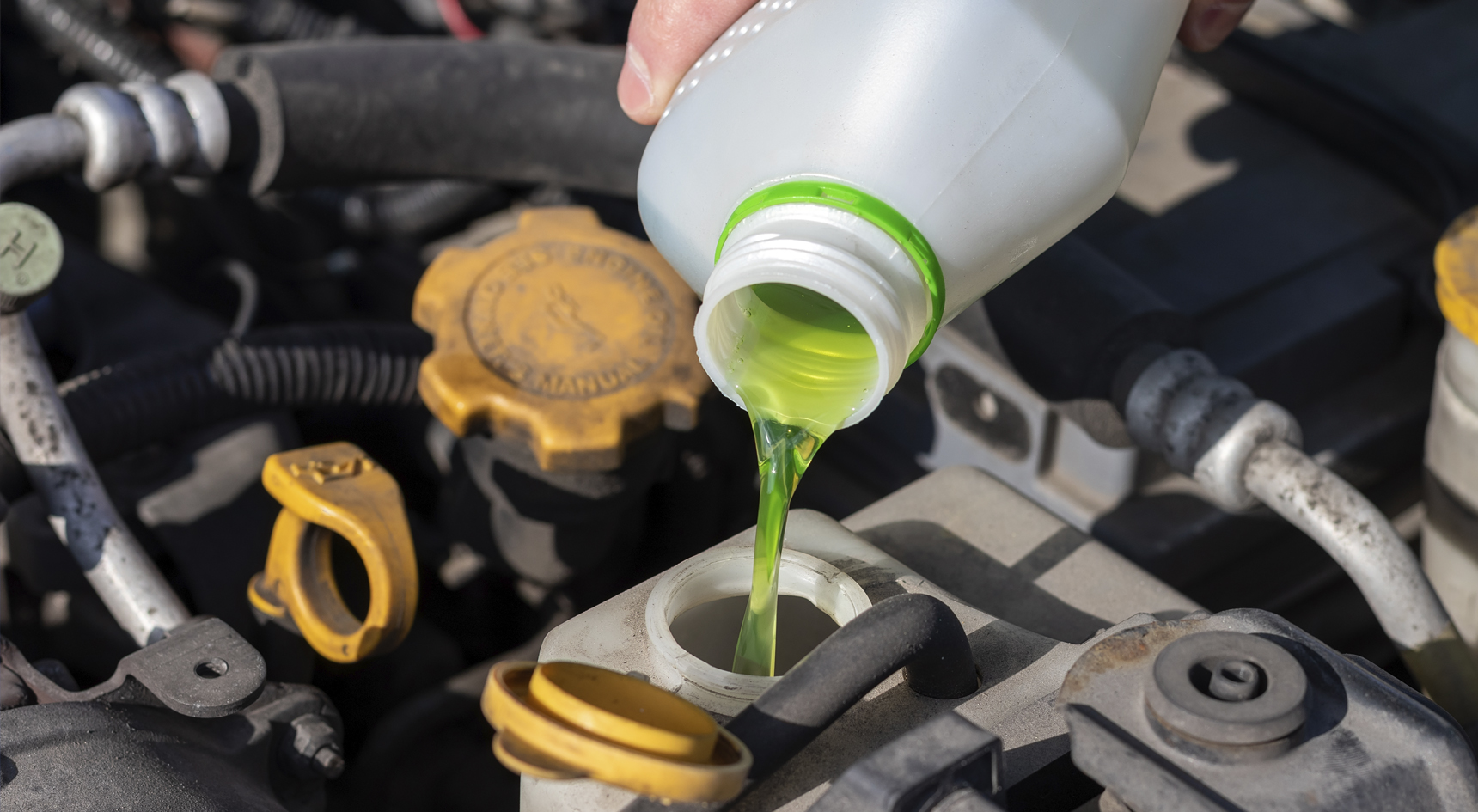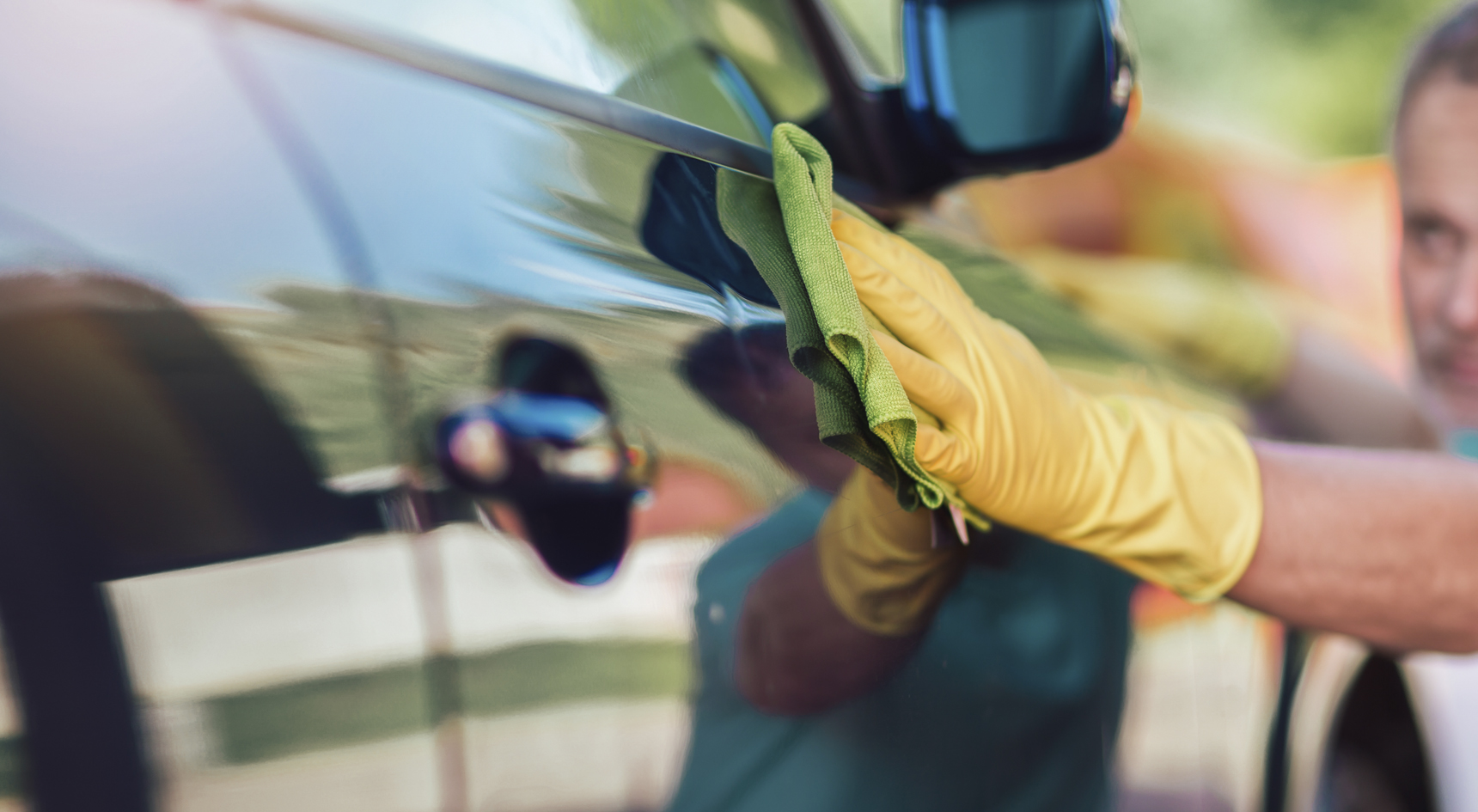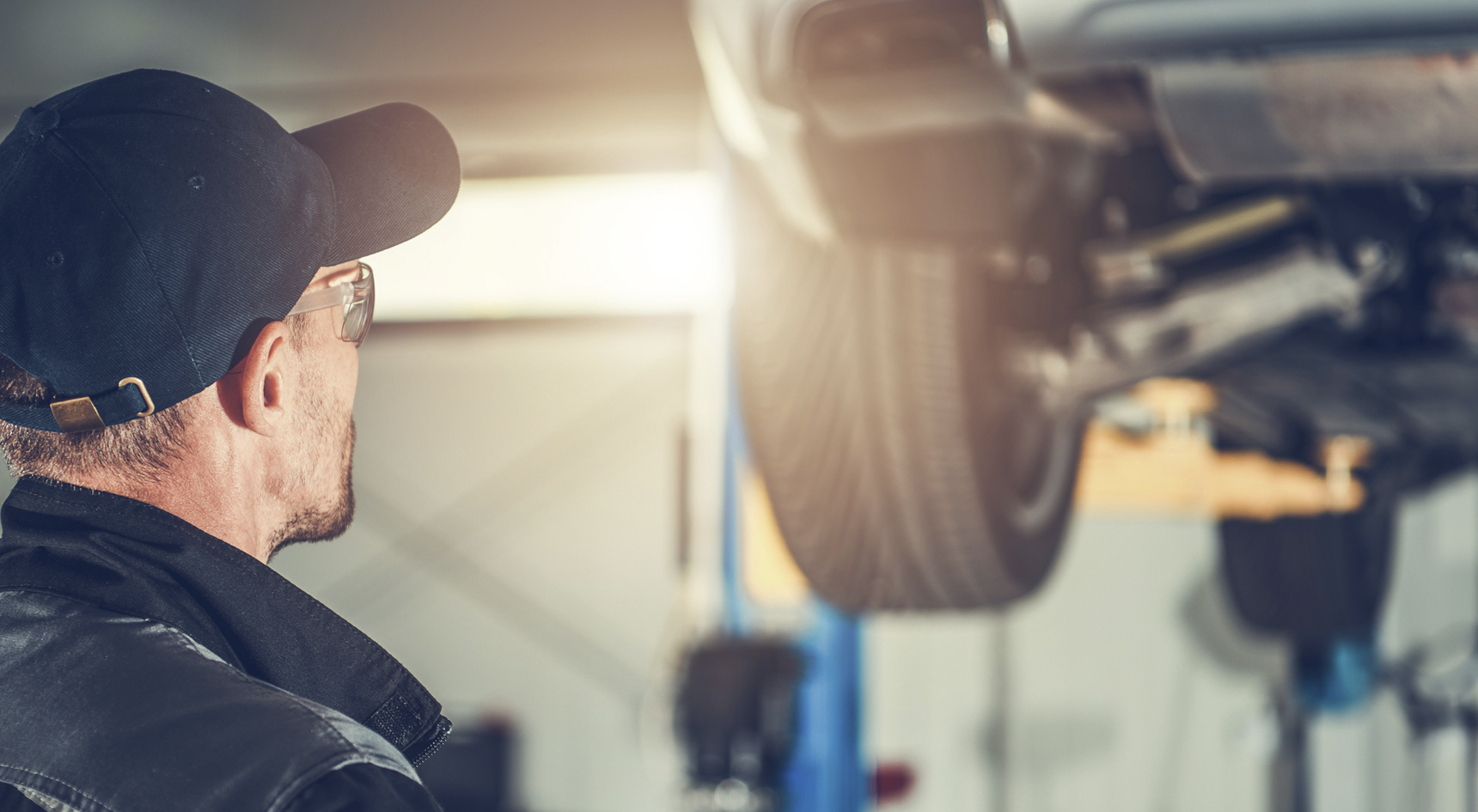Caring for your car this summer

Most of us know we need to protect ourselves from the searing summer heat, but it’s important to make sure our cars are prepared too.
The blistering sun can impact your car more than you might think. Leather seats will dry out over time if they’re exposed to sunlight for an extended period, paintwork can deteriorate and your air-conditioning might struggle to keep up on hotter days.
You’ve probably heard the summer safety message: slip, slop, slap, seek and slide. Well, the same applies for your vehicle.
1. Slip on a sunshade
The sun can turn your car into an oven. In fact, when the mercury hits 35 degrees outside, the temperature in your car can reach 83 degrees.
The sheer heat in your car can fry an egg and bake cookies. Over time, the summer sun can also cause your dashboard to crack.
To avoid forking out for repairs (which can cost thousands if the entire dash needs to be replaced), simply purchase a sunshade. While it’ll still be hot in your car, at least there won’t be direct sunlight shining on your dashboard.

2. Slop the correct amount of fluids into your car
During summer you need to stay hydrated, and so does your car. Check your coolant levels regularly to make sure your engine doesn’t overheat. Low coolant levels could be a sign there’s a leak in your cooling system. If you run your engine with no coolant, it could overheat. Allowing your car to overheat could result in you having to replace your cooling system, or worse, your engine.
It’s important to remember though, you should only check coolant levels when your engine’s cold, otherwise liquid could spurt out and burn you.
To check the level, look at the plastic flow bottle which will have low and high line markings. Make sure the coolant is filled to halfway between the 2 lines.
You can also check your coolant by unscrewing the radiator pressure cap – it should reach the top of the radiator neck.
If you do need to top up the system, only use the recommended coolant or distilled water and avoid mixing types as they can turn into a jelly-like substance and clog your cooling system.

3. Slap on some wax
The sun’s UV rays don’t just impact your car’s interior. They can also cause your vehicle’s paintwork to fade and crack.
Wax is like sunscreen for your car. Rubbing it on your vehicle will help protect the paintwork from the sun’s UV rays and keep your paintwork in good condition.
You should also frequently wash and hand dry your car to remove dust particles and dirt which may lead to micro-scratches.

4. Seek shade
To avoid warped interior plastics, a blistering steering wheel or a seatbelt that might brand you, you’ll want to protect your car from the sun.
When at home, park in your garage if you can. Out and about? Try to find a shaded car park to keep your vehicle cool.
If your car is parked in the sun for long periods, invest in a cover to stop your paint fading, and prevent dirt and debris from becoming baked into the paintwork.

5. Slide into your nearest service centre
Booking your car in for a service will ensure it’s roadworthy and in good working order. The mechanic will usually check the engine performance and replace air and fuel filters.
Depending on the age of your vehicle’s cooling system, the mechanic may flush and refill it. You should also ask if they can check your air-conditioning is running effectively.
The last thing you want on a 40-degree day is for your air-conditioning to stop working.

DO YOU NEED CAR ADVICE?
RAA members can call our free Car Advice Service for answers to their car questions.
Or call 8202 4689

